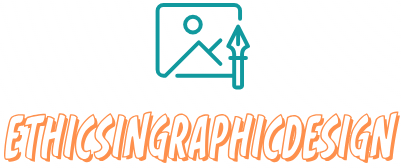The Best Practices for Designing Ads
Designing effective ads requires careful planning, creativity, and an understanding of your target audience. Here are some best practices to consider when designing ads:
Clearly define your objective
Before starting the design process, clearly define the objective of your ad. Are you aiming to increase brand awareness, generate leads, drive sales, or promote a specific product? Having a clear objective will help guide your design decisions.
Know your target audience
Understanding your target audience is essential for creating ads that resonate with them. Research their demographics, interests, behaviors, and preferences. Use this knowledge to inform your design choices, including colors, imagery, messaging, and tone.
Keep it simple
In today’s fast-paced world, simplicity is key. Create ads that are visually pleasing, easy to understand, and quickly communicate your message. Avoid cluttering the ad with excessive text or too many visuals. Use clean and minimalist design elements to capture attention and convey your message efficiently.
Use eye-catching visuals
Select high-quality, attention-grabbing visuals that resonate with your audience and align with your brand. Images, illustrations, or videos can play a significant role in capturing attention and conveying your message effectively. Ensure that your visuals are relevant to your product or service and emotionally engaging.
Craft compelling headlines
Your headline is crucial for grabbing attention and enticing users to read further. Keep it concise, clear, and compelling. Use strong and persuasive language to communicate the value proposition or key message of your ad. Experiment with different headline variations to find the one that resonates most with your audience.
Use appropriate typography
Choose fonts that are legible, clean, and align with your brand identity. Ensure that the font style and size are suitable for different devices and screen sizes. Consider using variations in typography to emphasize key points or differentiate different sections of your ad.
Incorporate a strong call-to-action (CTA)
A CTA tells your audience what action to take after viewing the ad. It should be clear, compelling, and easily actionable. Use action verbs and create a sense of urgency or exclusivity to drive conversions. Make sure your CTA stands out from the rest of the ad to attract attention.
Maintain brand consistency
Your ads should reflect your brand identity. Use consistent colors, fonts, imagery, and messaging that align with your brand guidelines. Consistency helps build brand recognition and reinforces the image and values association with your brand.
Test and iterate
Designing effective ads requires continuous testing and iteration. A/B test different variations of your ads to determine which elements resonate most with your audience. Collect feedback, analyze performance metrics, and make iterative improvements based on data-driven insights.
Keep up with trends
Stay informed about the latest design trends and techniques in the advertising industry. While it’s essential to maintain your brand identity, incorporating current design trends can help your ads feel modern and attractive to your target audience.
Remember, effective ad design is a combination of creativity, strategic thinking, and understanding your audience. By following these best practices and continuously refining your design approach, you can create compelling ads that capture attention, drive engagement, and achieve your marketing goals.



